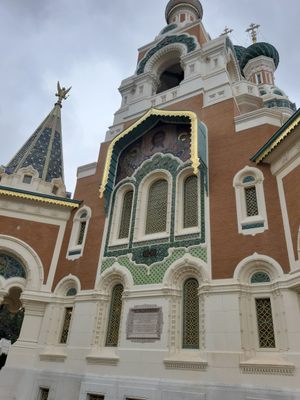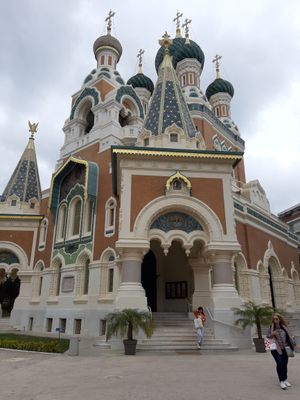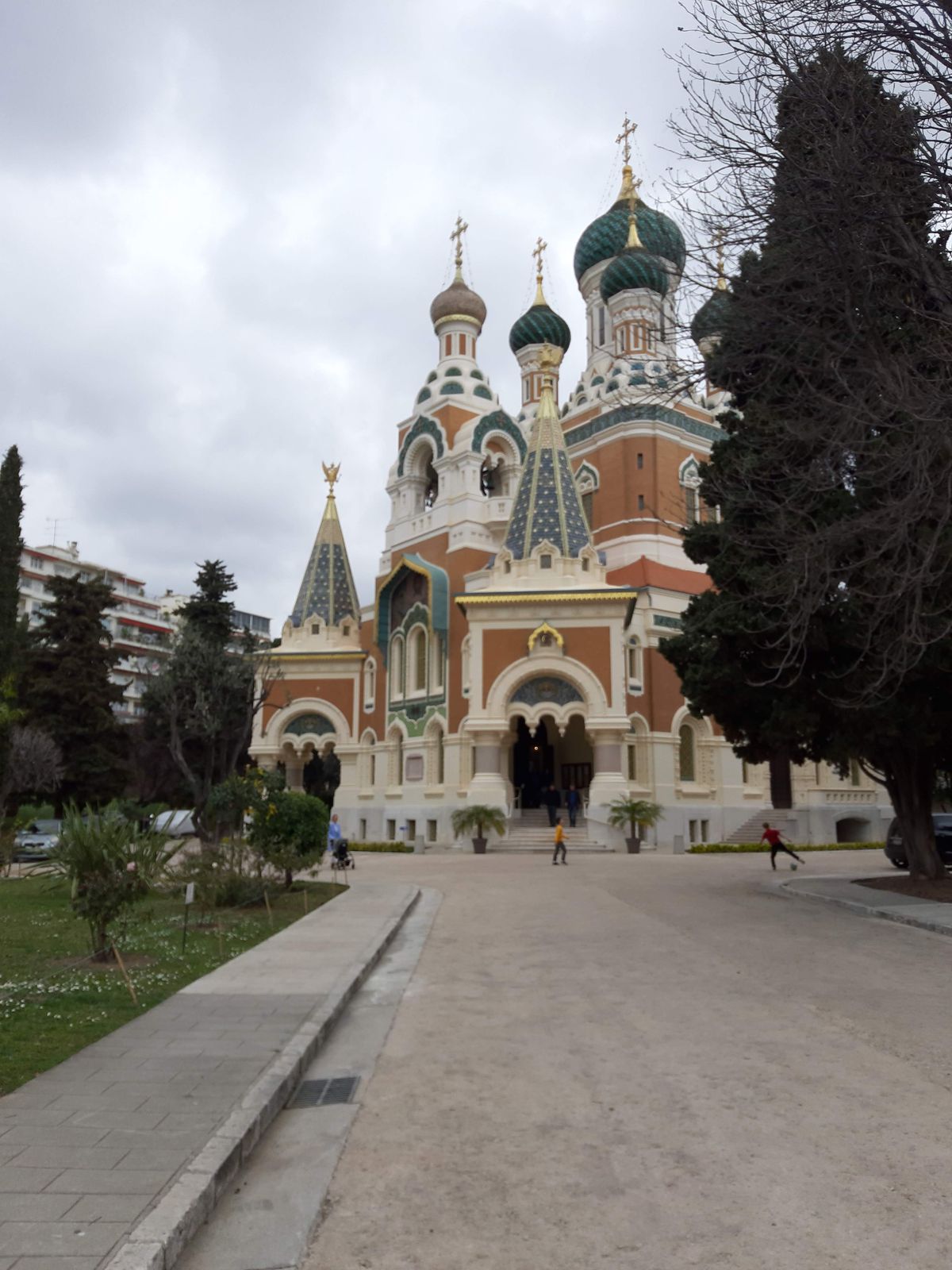About
Considered one the most important orthodox buildings outside the Russian Federation, this cathedral is the result of the efforts of the Royal Family to satisfy the spiritual needs of the growing Russian population in Nice.
It all started in the mid 1800s when the Russian upper class, as well as the Tsars, started visiting the French Riviera during winter, as their English counterparts had been doing for some decades before. Unfortunately during a visit in 1865, the son of Alexander II, Tsesarevich Nicholas Alexandrovich died of meningitis. Some time later, after buying the land, the Tsar and the Empress ordered a chapel built in the exact spot where Nicholas died.
By then the Russian community in Nice was already growing and the need of a new place to congregate arose. The first attempt to build an Orthodox church in Nice started in 1856 by initiative of Empress Alexandra who was Nicholas' grandmother, ultimately a church was built on Longchamp Street. By the turn of the century the church was deemed too small and deteriorated so the building of a cathedral started just a few steps from the churrch honoring the deceased Tsesarevich. The cathedral was finished in 1912 according to the designs by M.T. Preobrajensky by an assortment of engineers, under the direction of a certain Golitsyn, appointed by Tsar Nicholas II to oversee the development of the project.
The structure was made in the Old Russian style, however certain modern elements give this Cathedral its own identity; for instance, the disposition of the Greek cross plan with five domes representing Jesus and the four evangelists. The church also contains a rich iconostasis made in Russia (where else?) by the Khlebnikoff workshops.
From 1923 to 2010 the cathedral, the gardens and the chapel were under management of the Russian Orthodox Cultural Association of Nice but in 2006 the Russian Federation claimed the right to property based on the fact that the Cathedral was on private grounds owned by the Imperial Government at the time of the communist revolution.
The French courts sided with the Russian government and the church management was transferred to them (not before several appeals and refusals from the association) in 2011. Three years later, the church was closed to tourists to undergo renovations funded by the Kremlin. It finally opened its doors once again on December 19, 2015, on the feast of St. Nicholas according to the Julian Calendar.
Related Tags
Know Before You Go
Buses 4, 7 and 23 pass nearby at Parc Impérial / Gambetta stop.
Community Contributors
Added By
Published
January 10, 2016




































